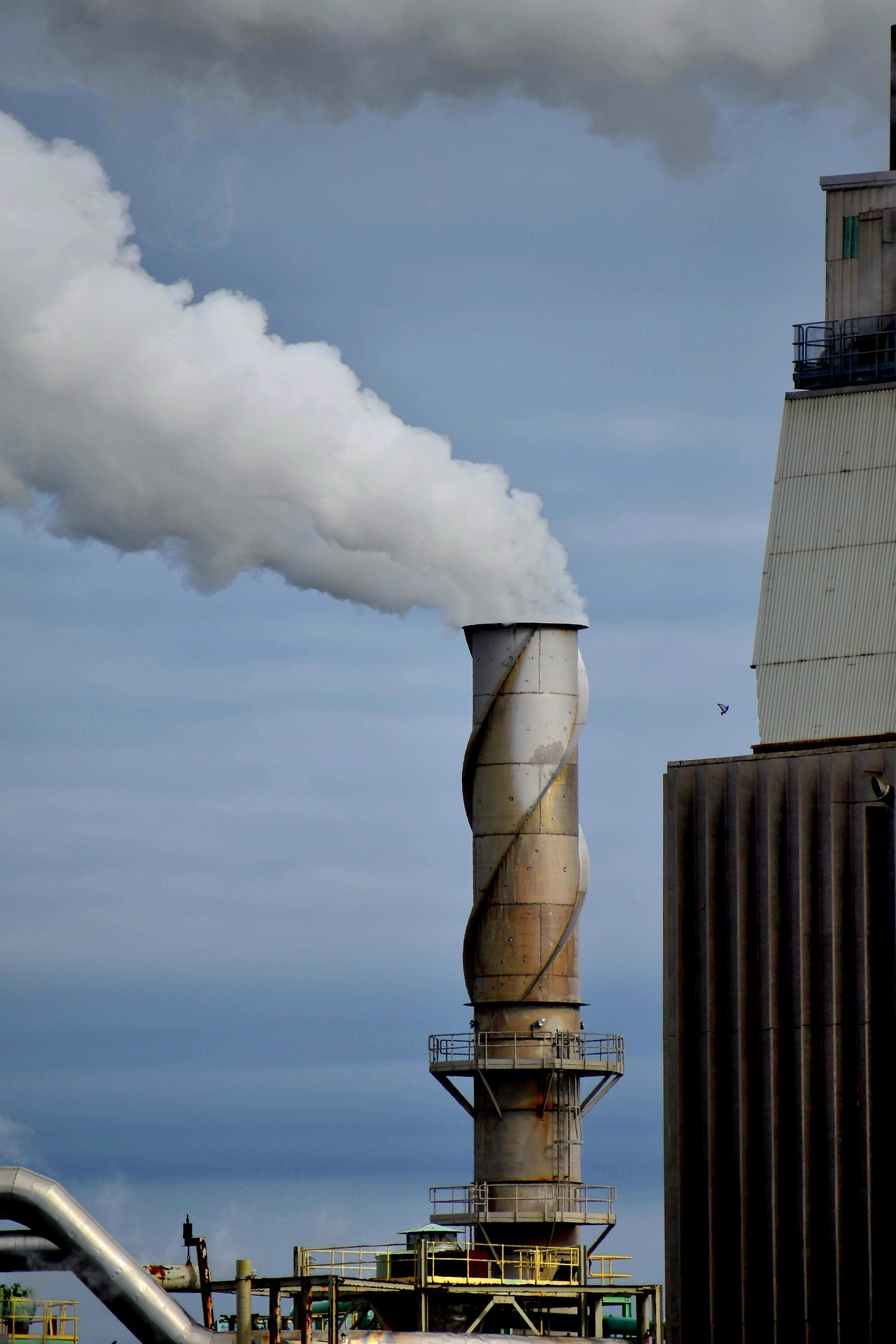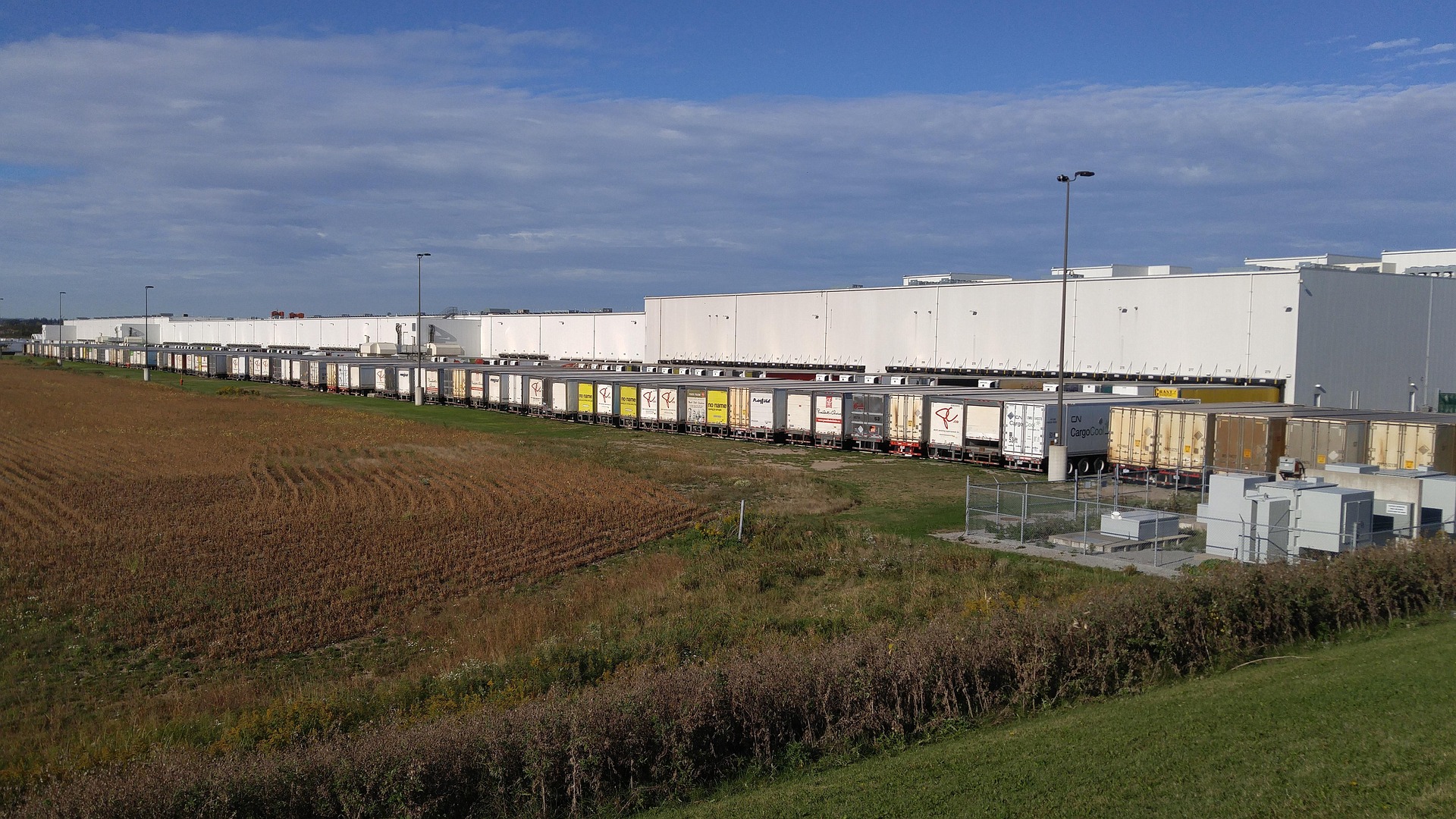Why is important?
At moment of buying a commercial property, many banks require the completion of a Phase I ESA before approving a loan. Government agency lenders (SBA, HUD, Fannie Mae, and Freddie Mac) will typically require a Phase I ESA or some form of due diligence. Seasoned investors also typically order Phase I ESAs for a full disclosure of potential environmental issues that may impact cash flow, property value, and purchase negotiations.



Site Visit
A site visit is conducted to make a visual inspection of the property as well as surrounding properties. The site visit includes an assessment of hazardous substance and petroleum product use, storage, and waste generation. Additionally, conditions and features of potential environmental concern are identified.
Historical Research
To evaluate historical changes or developments made to the property over the years, environmental professionals will examine historical aerial photographs as well as street directories, fire insurance maps, topographical maps, building permits, planning records, and any other relevant historical sources to identify the potential for a Recognized Environmental Condition.
Geology and Hydrology Research
The soil type, geological setting, and groundwater flow direction/depth are examined in the larger context of potential on and off-site environmental conditions.










